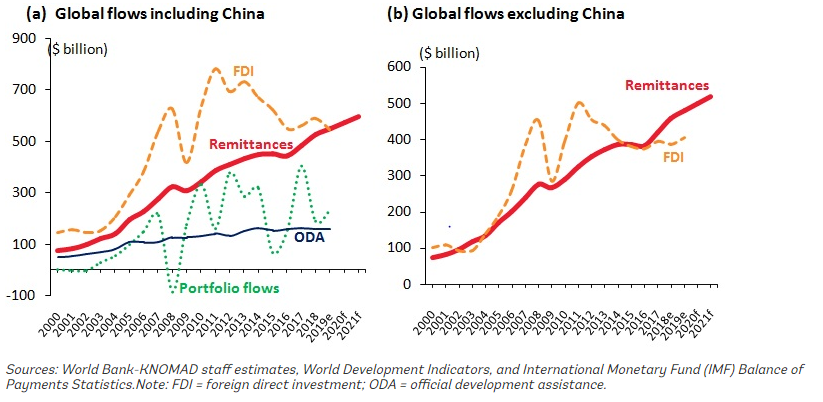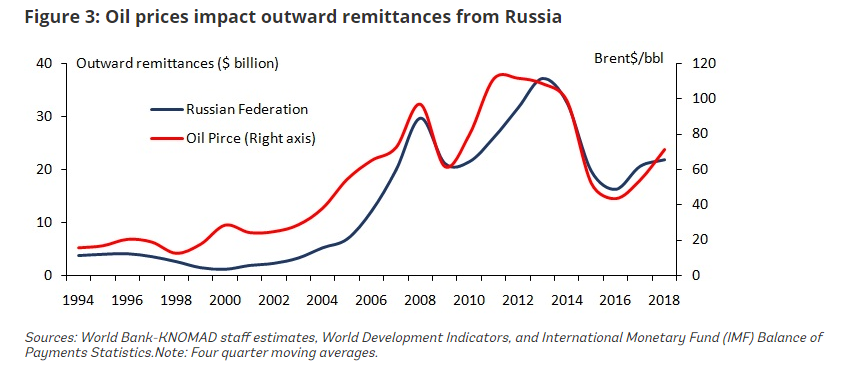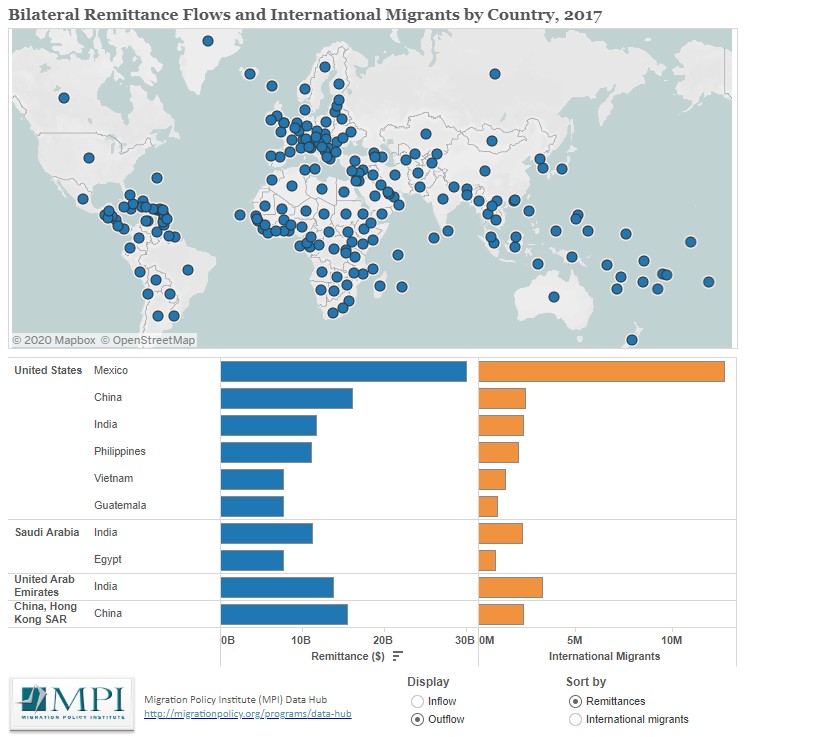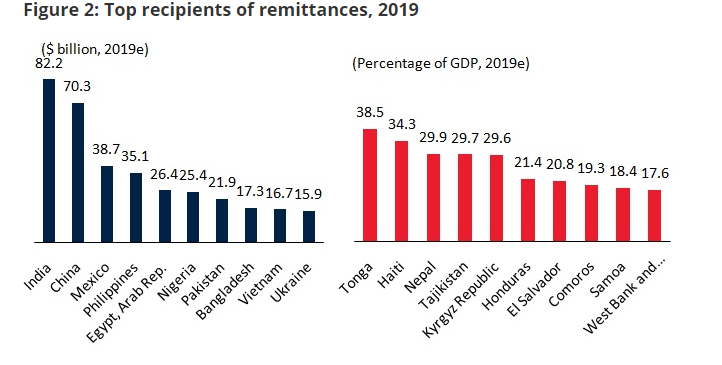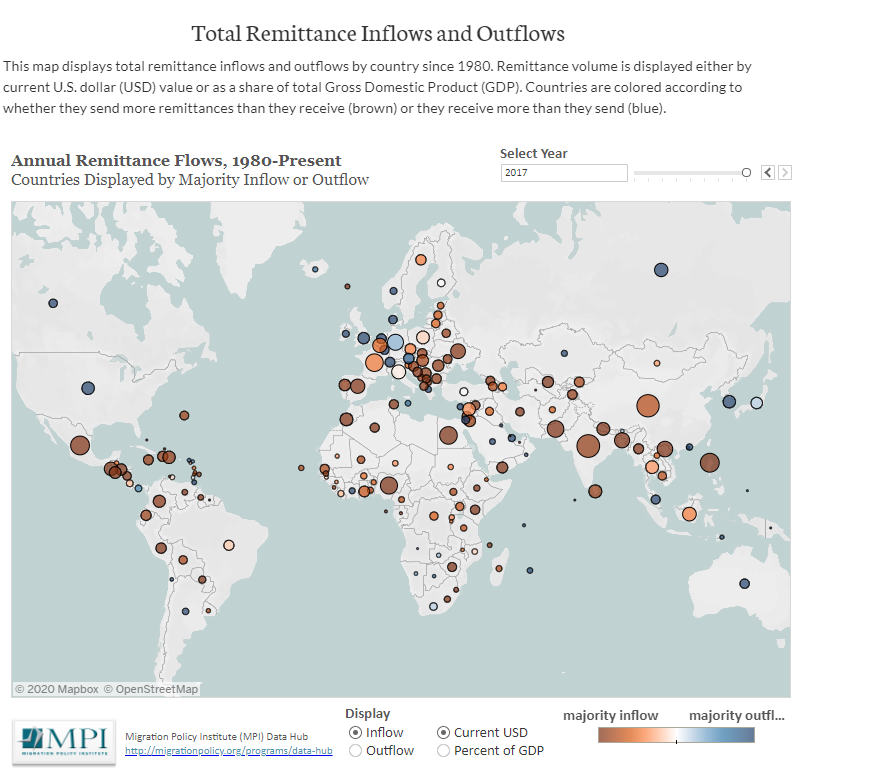1/ #COVID19 “upends the wisdom about remittances being very stable” “The countries where migrant workers are temporarily based are experiencing a big crisis, and many of them are in the sectors that are being hit.”
thank you for the quotes @ainefquinn https://www.bloomberg.com/news/articles/2020-04-07/the-money-s-not-coming-home-the-690-billion-remittance-risk?sref=nzbTAqLT">https://www.bloomberg.com/news/arti...
thank you for the quotes @ainefquinn https://www.bloomberg.com/news/articles/2020-04-07/the-money-s-not-coming-home-the-690-billion-remittance-risk?sref=nzbTAqLT">https://www.bloomberg.com/news/arti...
2/ Remittances normally tend to be more stable sources of BoP inflows #EmergingMarkets
Especially important as portfolio flows are volatile and FDI flows recently have dried up
@WorldBank and @IMFNews data.
Especially important as portfolio flows are volatile and FDI flows recently have dried up
@WorldBank and @IMFNews data.
3/ Remittances tend to dry up when oil price falls #OilPriceWar as Russia and MENA oil producers are important sources of remittances globally @WorldBank
Close relationship between outwards remittances and oil price
Close relationship between outwards remittances and oil price
4/ Remittances crucially depend on the host country economic performance. US, MENA, Europe are key sources of remittance outflows.
5/ Remittances are particularly important for emerging and frontier markets @WorldBank
6/ Great visuals here on inflows and outflows of remittances by @MigrationPolicy using and complimenting @WorldBank data

 Read on Twitter
Read on Twitter